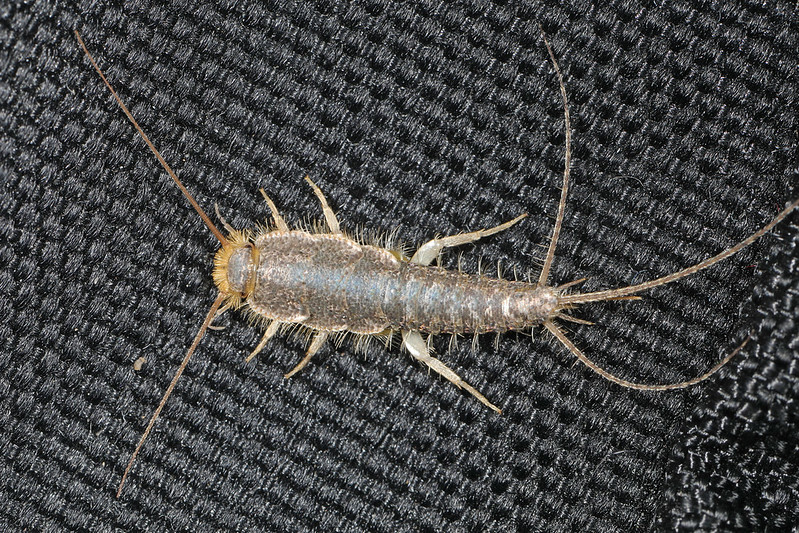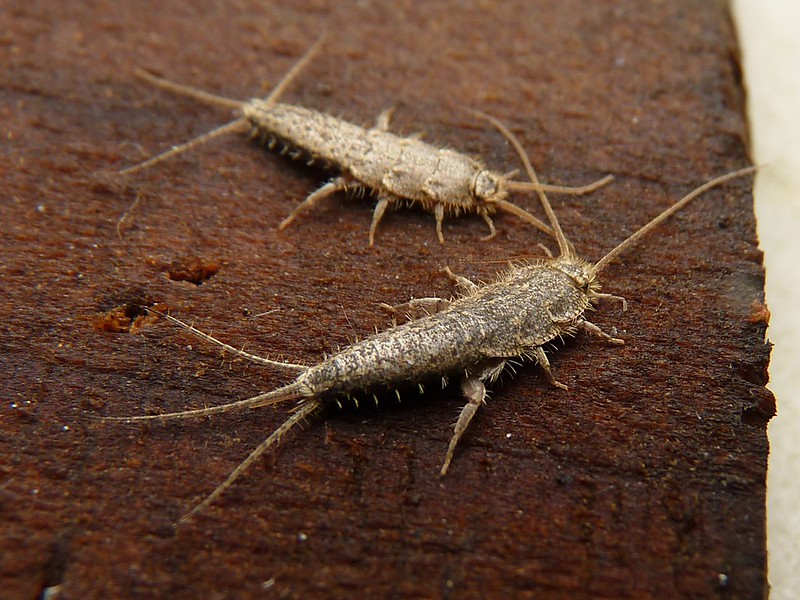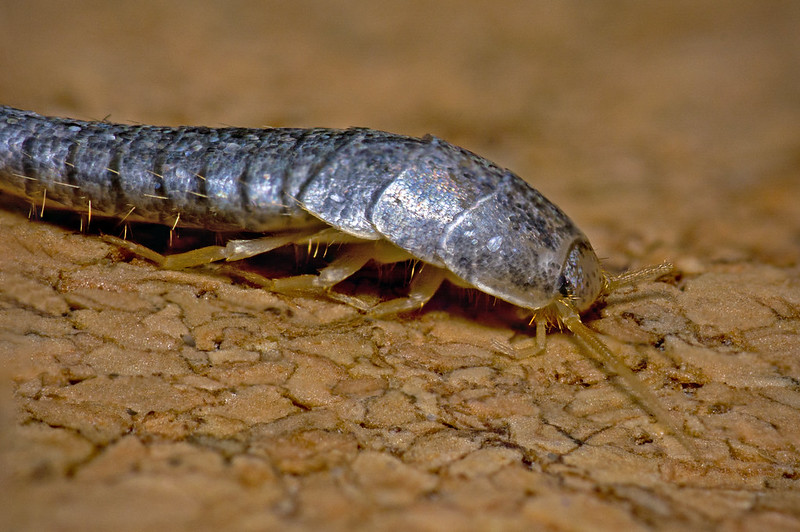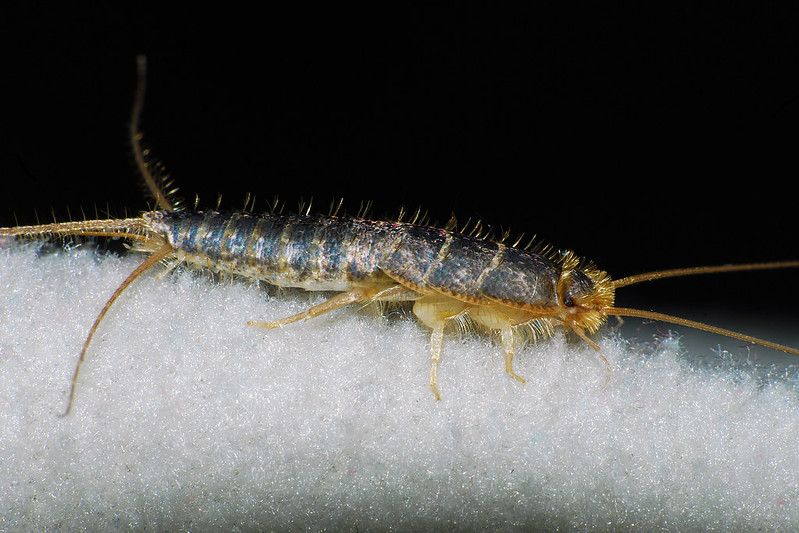How to identify Silverfish
Identification is the first step to treatment. Silverfish can be visually similar and are often confused with firebrats and house centipedes. Below, we'll show you how to identify them at a glance.

Identification is the first step to treatment. Silverfish can be visually similar and are often confused with firebrats and house centipedes. Below, we'll show you how to identify them at a glance.

Silverfish are pest insects that can damage books, papers, fabrics, and the starches in your pantry, leaving tiny holes and yellow stains in everything they touch. The fact that these bugs also release allergens, especially in the exoskeletons they shed, is even more of a reason to get rid of them as soon as possible. Furthermore, because silverfish depend on high humidity levels, having an infestation in your home offers a powerful clue that you are dealing with a systemic moisture problem — which also poses a health risk.
Because each type of pest bug thrives in slightly different conditions, however, and different steps are required to eliminate them, the first thing to do when you’ve spotted bugs is to correctly identify them. What do you need to know about silverfish?
Silverfish — specifically Lepisma saccharina, to differentiate them from other bugs that sometimes go by the same moniker — are wingless insects that can be found nearly everywhere where humans live. In their adult forms, they:
Their color and luminescent qualities, scale-like segments, body shape, and fluid, quick, body movements all explain why they came to be known as silverfish. To be able to identify silverfish correctly, it is also important to pay attention to their behavior and their movements. Silverfish:
Baby silverfish hatch from smaller clusters of tiny eggs, which the female will leave in safe spaces like tiny crevices. The fact that silverfish can live up to eight years explains why the females generally lay less than one hundred eggs in their lifetimes. When the eggs hatch, the hatchlings look like tiny adults that are a lot whiter in color. They then begin the long process of molting and growing. As they leave their allergen-rich exoskeletons behind, that debris will become part of your household dust, where it can induce serious allergic reactions.
Silverfish and firebrats are both wingless insects that belong to the order Zygentoma. Closely related and very similar in size, it would be extremely easy to confuse the two if you were to look at pictures. The fact that these two pest bugs both have extremely similar food sources doesn’t make the job any easier! Besides the fact that firebrats have a darker, fuzzier, and less smooth appearance, there is one main way to tell silverfish apart from firebrats.
As their name already suggests, firebrats love warmer temperatures — and are, in fact, most often found in positively hot places like boiler rooms, around stoves and ovens, and even around furnaces. These bugs are less common than silverfish, and are most likely to cause an infestation in commercial food preparation facilities, such as bakeries.
Silverfish are only comfortable in temperature up to about 80° Fahrenheit (around 27° Celsius). Therefore, they are more likely to be found in damp crawlspaces than walk on your stove top.

Silverfish are wingless and silvery insects belonging to the order Zygentoma. Although these pest bugs will happily live outdoors in […]

Silverfish are wingless pest insects with tapered and segmented bodies and a white to silvery appearance. Whether you appreciate the […]

With so many possible choices, it’s hard to decide which kind of bug is the creepiest. For this writer Silverfish […]